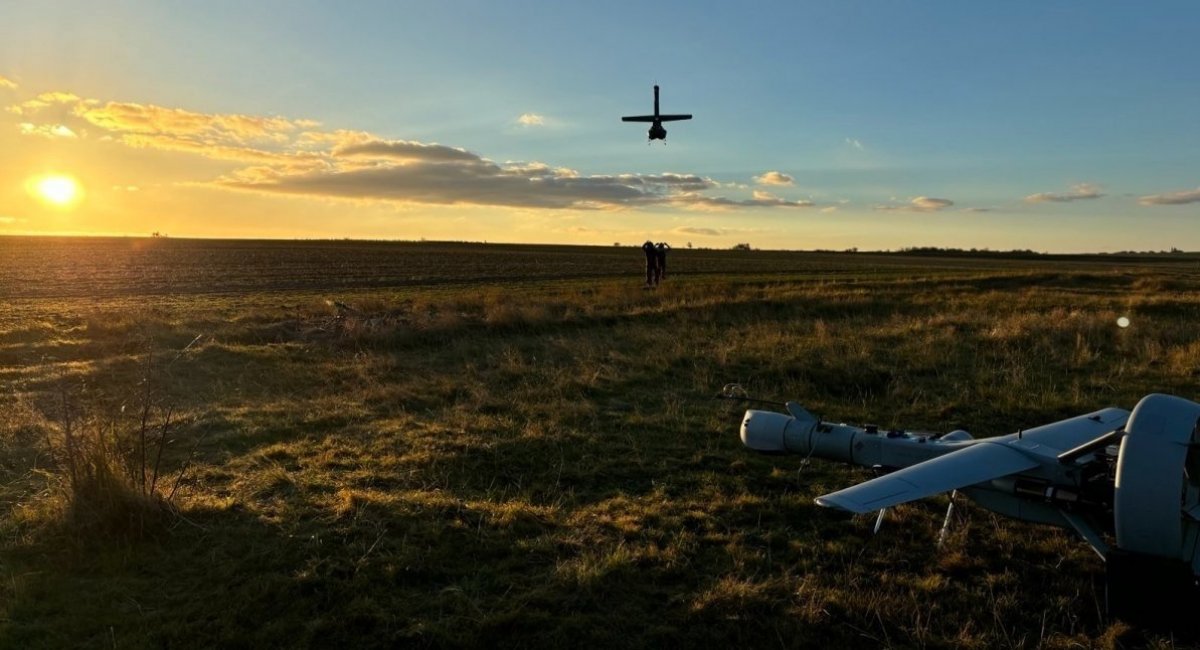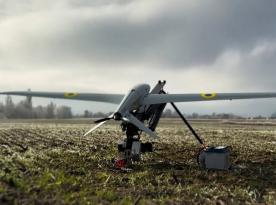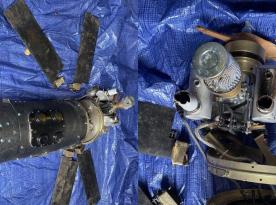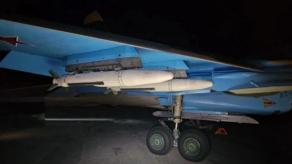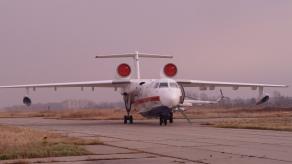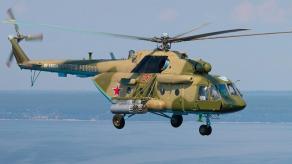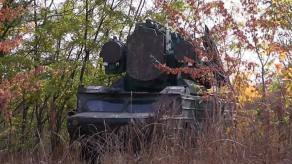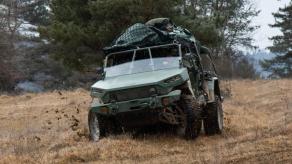The Defense Intelligence of Ukraine is actively integrating artificial intelligence into its operational framework, according to General Lieutenant Kyrylo Budanov, head of the agency. In a recent statement, Kyrylo Budanov emphasized the transformative effect modern technologies are having on intelligence work amid ongoing full-scale war with russia.
According to Kyrylo Budanov, the Defense Intelligence specialists are constantly experimenting with advanced solutions, aiming to enhance the speed and precision of intelligence gathering, analysis, and decision-making. AI has emerged as a critical tool in this process, enabling Ukrainian analysts to handle complex tasks in minutes, tasks that previously required hours of human effort.
Read more: The Shahed-136MS UAV: Modified Iranian Drone in Ukraine Blends AI and Military Grade Comms
"Artificial intelligence performs in a fraction of the time what used to take people hours, or even longer. That's just a fact," Budanov stated.
His comment reflects broader trends in modern warfare, where machine learning and data automation are increasingly crucial for gaining a competitive edge.

While specific details about AI applications remain classified, experts believe such tools could be used in areas like image recognition from satellite and drone footage, open-source intelligence processing, cyber defense, and predictive threat modeling. AI can also assist in sorting large volumes of intercepted data, making patterns and anomalies easier to detect.
The decision to adopt AI reflects Ukraine's strategic response to russia's heavy investment in digital warfare and autonomous systems. While both sides innovate rapidly, Ukraine's collaboration with Western tech partners and startups has given it a flexible and adaptive approach to integrating cutting-edge solutions.
Kyrylo Budanov's remarks also signal a cultural shift within Ukraine's defense establishment. Intelligence is no longer confined to classified reports and human analysts, it's increasingly becoming a hybrid of human expertise and machine-enhanced processing power. This evolution mirrors trends seen in U.S. and NATO military circles, where AI is seen as a force multiplier.
The integration of AI also raises questions about ethical safeguards, data reliability, and operational transparency. However, Ukrainian official seem confident in their capacity to harness the technology responsibly, particularly under the pressure of existential war.
As Defense Express previously reported, according to the Defense Intelligence of Ukraine, russia is preparing for a large-scale escalation in drone warfare by planning the production of up to 40,000 Shahed-136/Geran-2 strike UAVs in 2025. In addition to these loitering munitions, 24,000 decoy drones (the Gerbera models) are also slated for manufacture, suggesting an intensified reliance on both saturation attacks and electronic warfare deception tactics.
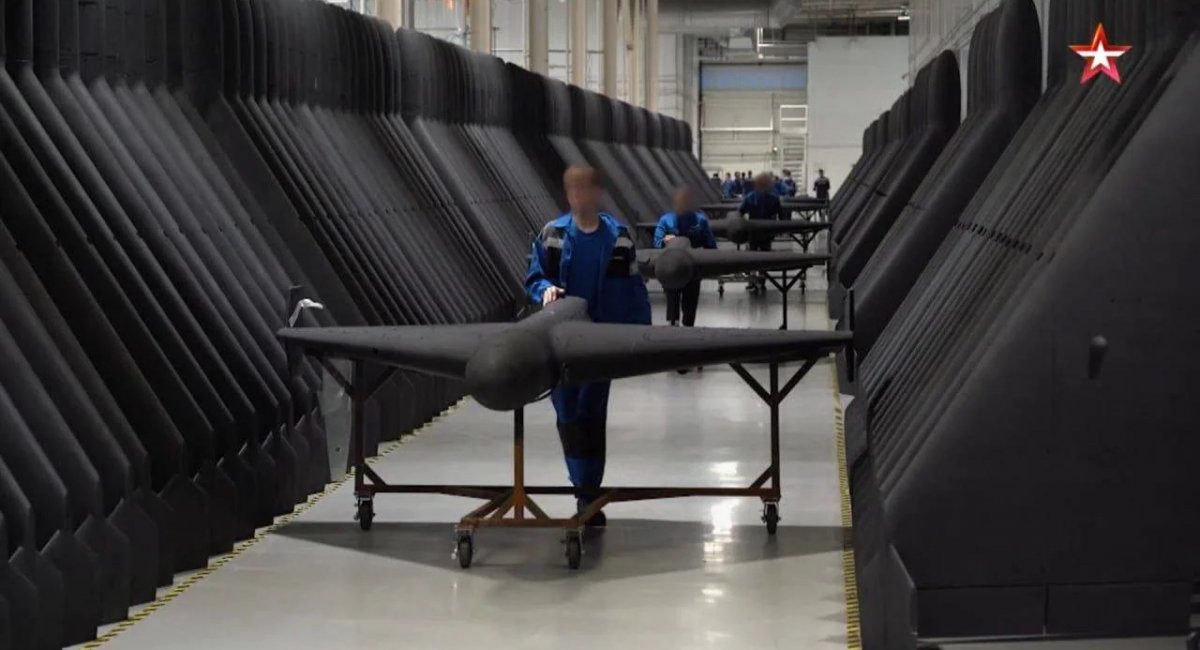
Read more: IRIS-T SLM vs Hypersonic Missiles: Germany Bets on AI in Race Against Ballistic Threats




